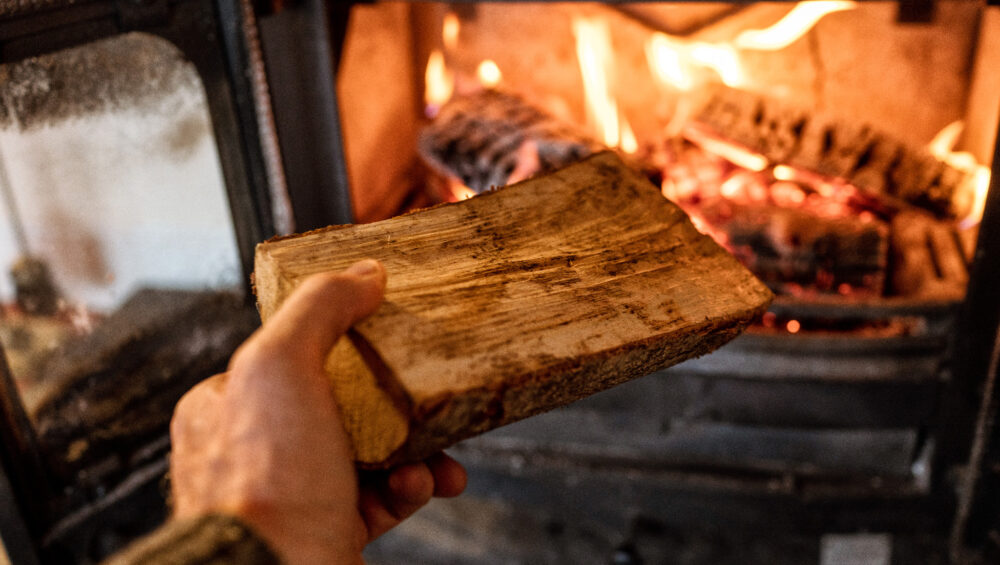Are you part of the 85% of UK homes that are currently relying on mains gas for heat? With the volatility of international gas markets leading to unprecedented price rises, these feel like uncertain times. In this blog we will look at how owning a woodburning stove can redress the balance and bring some much needed certainty to our lives.
What are the benefits to investing in a woodburning stove?
With the energy price cap rising 54%, millions of households will see their bills rise by around £700 to £2,000 per year. According to The Office for Budget Responsibility, this represents the largest fall in living standards since 1956.
With this being the case, there’s never been a better time to look at the benefits of investing in a woodburning stove.
Eco design woodburning stove benefits:
Affordable and good value for money
- A good quality stove can last many decades and provide an affordable source of heat for low-income households. The upfront costs are significantly less than wind or solar power and indeed far less than a heat pump. The majority of components used within a stove are modular and can be replaced when or if they wear out, further extending the life of your stove.
- Locally sourced fuel
Using a wood stove means you can source reasonably priced fuel locally and sometimes for free.
- Whatever the weather
Woodburning stoves can produce heat for prolonged periods, whatever the weather conditions.
- An ideal emergency/low frequency heat source.
A woodburning stove provides a 100% self-contained heat source. For those of you who live in a region that suffers from occasional power cuts, you will know just how valuable this is! A wood-burning stove can provide heat and even a way to cook food when you need it most.
- Environmentally friendly
Wood is a carbon-neutral fuel as it gives off the same amount of carbon whether it is burnt or decays naturally. The carbon released from burning wood is balanced out by the carbon absorbed by the tree during its lifetime.
- Wellbeing benefits
Owners report significant wellbeing benefits directly as a result of owning and using their woodburning stoves.
Woodburning stoves vs wind, solar & heat pumps
We support all these other technologies, however, there are significant upfront costs for these solutions that make them less realistic options for many people. Also, battery storage is not where it needs to be to fully support the world’s energy needs. Therefore in 2022, a wood stove is the most viable option for the majority of people affected by energy price rises. The table below breaks down and compares some of the key financial information surrounding the different technologies.

How to save on your fuel bill – free sources of wood for your stove!
- After a storm
Storms bring wood foraging opportunities! After a storm, fallen trees and branches become available which, with permission, you can collect, season and use for firewood – all while helping to tidy up your local area.
- Industrial woodworkers
Woodworkers, sawmills, and joiners near to your home are worth contacting to find out if they ever have any off cuts of wood that they need to get rid of.
- Freecycle websites
Whether it is left over wood from a recent home improvement or a tree that had to be cut down, people often advertise free wood on sites like Gumtree and Freecycle if you are happy to collect it.
It is however very important to make sure that wherever you source your wood from and to make sure it is untreated, free from paint, finishes and other potentially harmful substances. Also, do not burn it unless it has a moisture content of less than 20% which you can check with a moisture meter. This reduces harmful emissions and will increase the lifespan of your stove. For a list of the best types of firewood check out Charnwood’s very helpful Firewood chart.
The elephant in the room!
Are woodburning stoves bad for the environment?
There are lots of myths circulating about wood burning stoves being bad for the environment, but they simply aren’t accurate. Whilst wood burners can give off fumes containing microscopic specks of soot, using approved fuels and a modern appliance significantly reduces the risk of this.
As of January 2022, all stoves sold must now meet with Eco design regulations which ensure a much cleaner burn. If you are burning wood correctly, it can become part of a carbon-neutral process, being balanced out by the carbon absorbed by the tree as it grows.
It’s also important to keep in mind that, as long as trees are replanted and woodland is responsibly managed, using wood for fuel can be part of a sustainable energy process.
(source: Charnwood Stoves, HoP)

